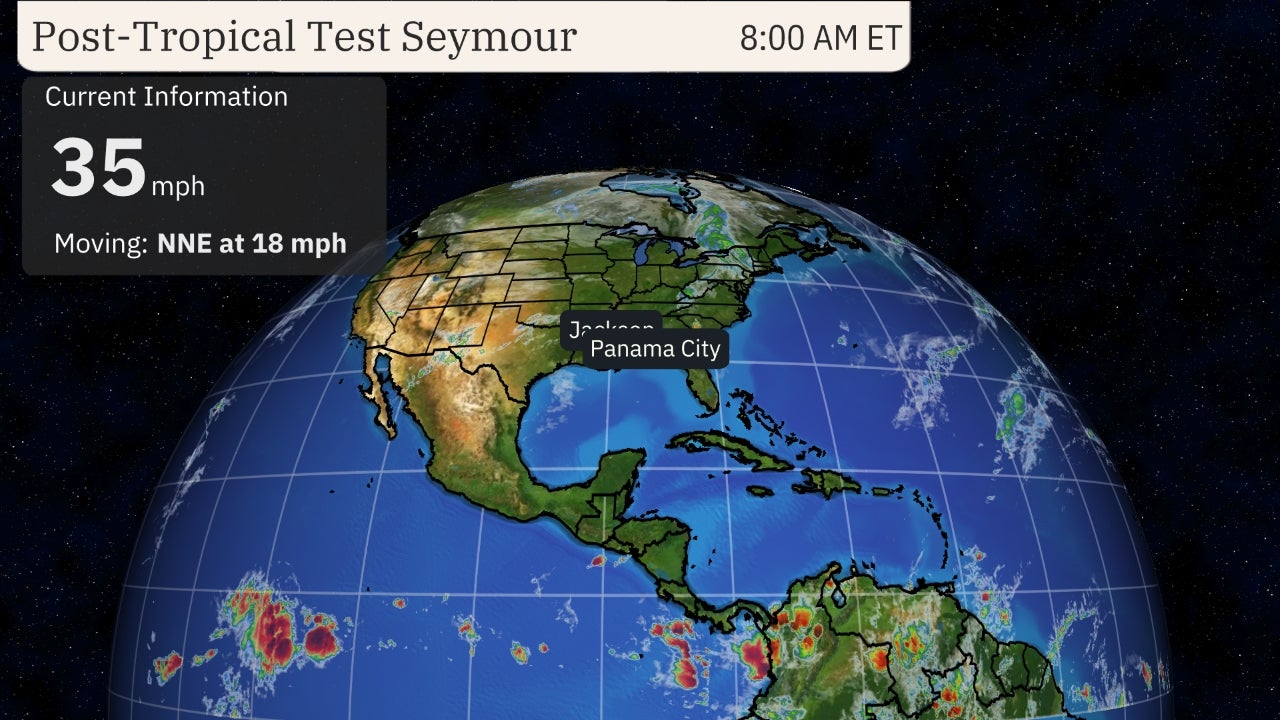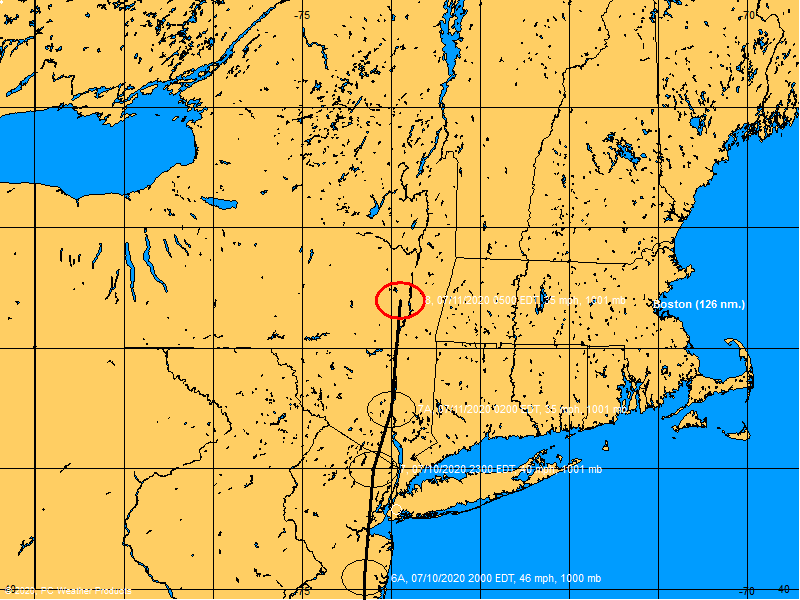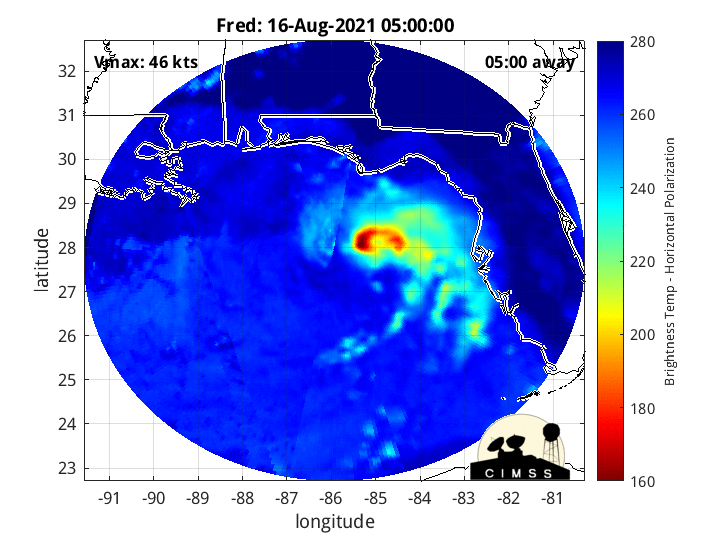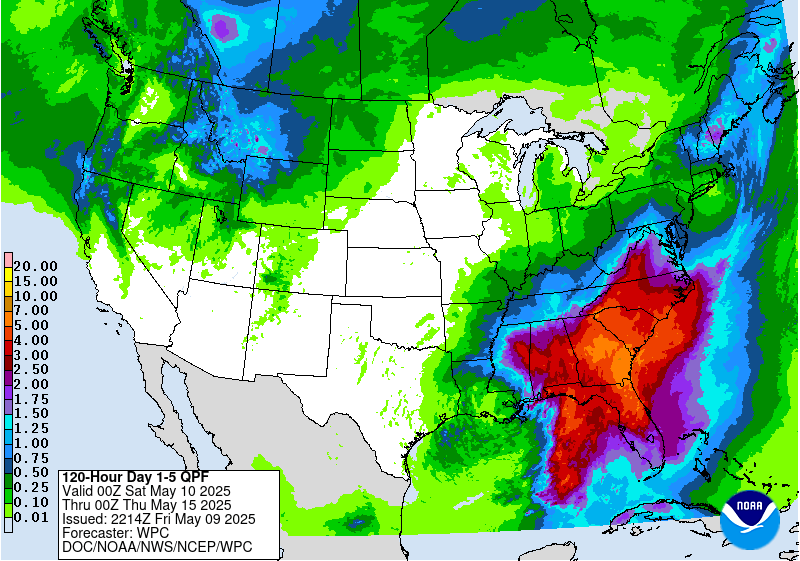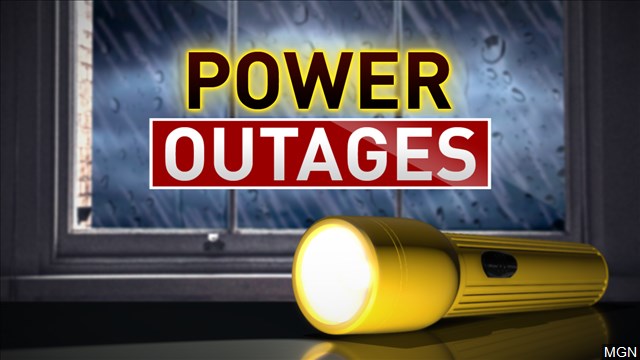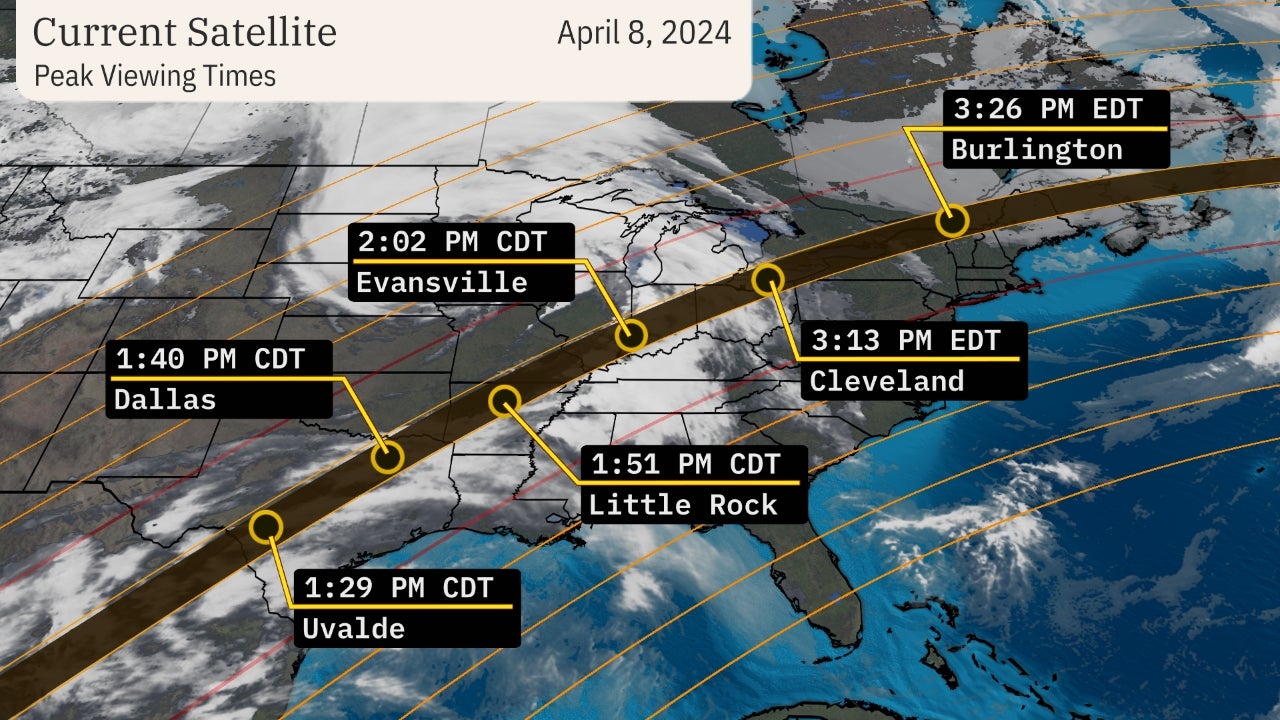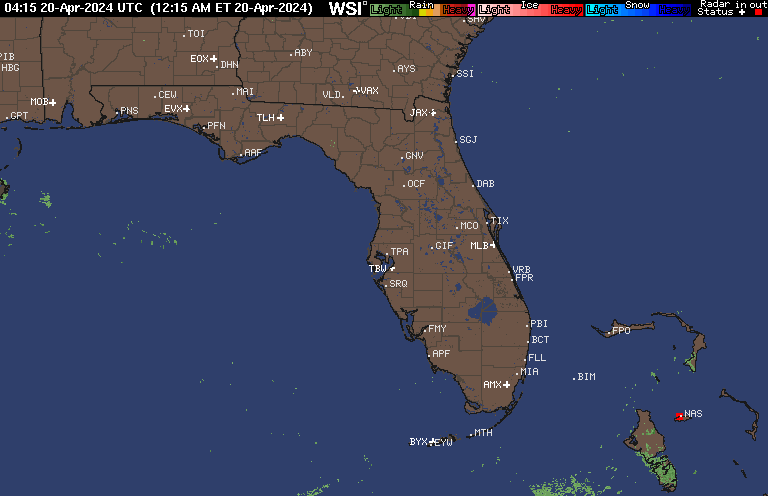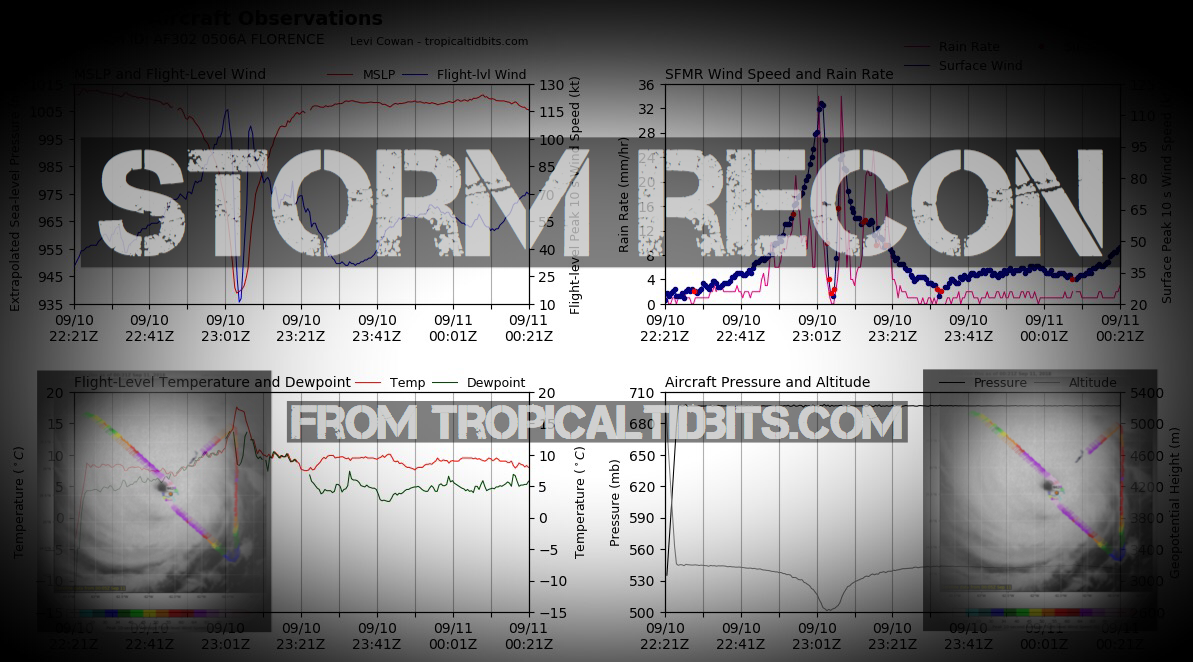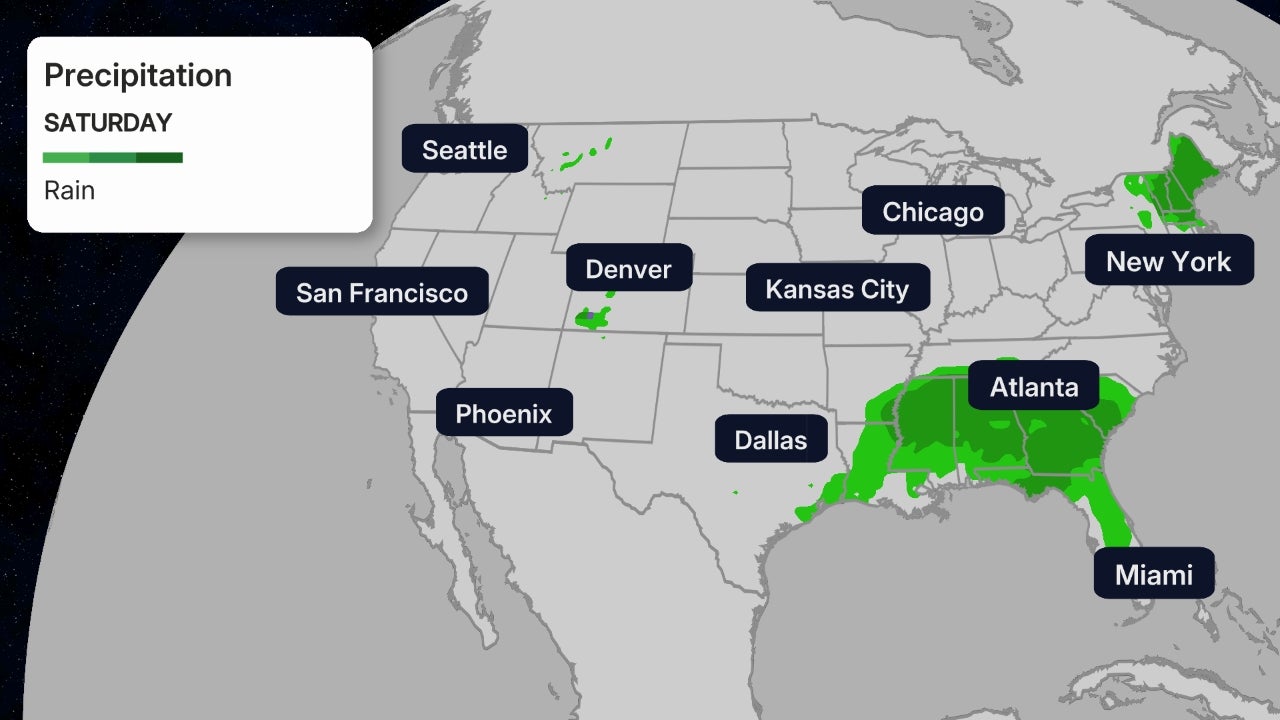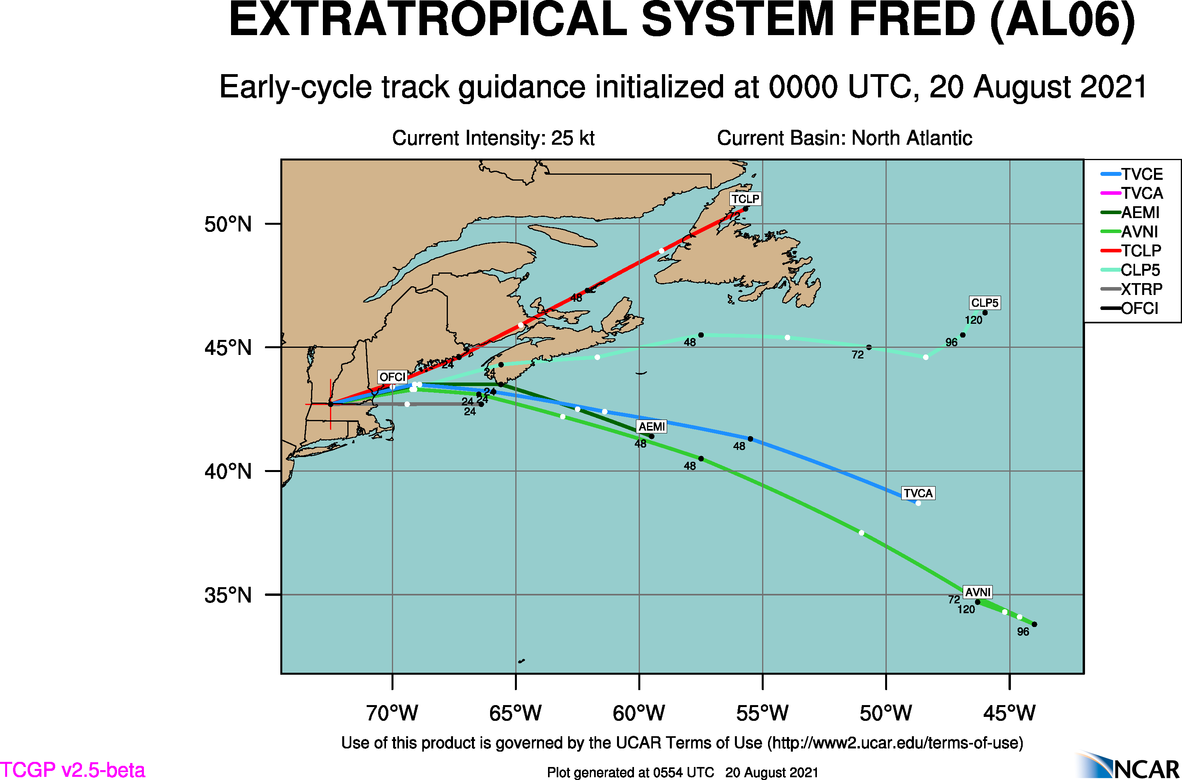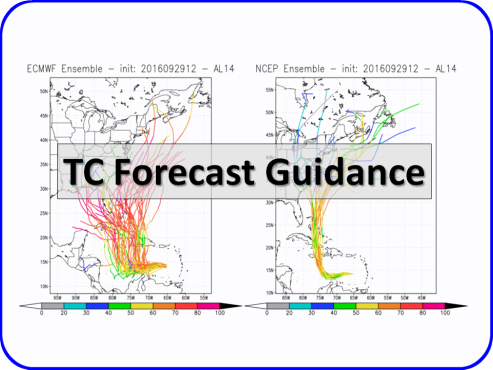0 Active Threats To Track
SUPPORT TRACK THE TROPICS
Over the last decade plus if you appreciate the information and tracking I provide during the season along with this website which donations help keep it running please consider a one time... recurring or yearly donation if you are able to help me out...
Venmo: @TrackTheTropicsLouisiana
Website: TrackTheTropics.com/DONATE
Venmo: @TrackTheTropicsLouisiana
Website: TrackTheTropics.com/DONATE
Track The Tropics is the #1 source to track the tropics 24/7! Since 2013 the main goal of the site is to bring all of the important links and graphics to ONE PLACE so you can keep up to date on any threats to land during the Atlantic Hurricane Season! Hurricane Season 2025 in the Atlantic starts on June 1st and ends on November 30th. Do you love Spaghetti Models? Well you've come to the right place!! Remember when you're preparing for a storm: Run from the water; hide from the wind!
Tropical Atlantic Weather Resources
- NOAA National Hurricane Center
- International Meteorology Database
- FSU Tropical Cyclone Track Probabilities
- Brian McNoldy Atlantic Headquarters
- Brian McNoldy Tropical Satellite Sectors
- Brian McNoldy Infrared Hovmoller
- Brian McNoldy Past TC Radar Loops
- Weather Nerds TC Guidance
- Twister Data Model Guidance
- NOAA Tropical Cyclone Tracks
- Albany GFS/ EURO Models/ Ensembles
- Albany Tropical Cyclone Guidance
- Albany Tropical Atlantic Model Maps
- Pivotal Weather Model Guidance
- Weather Online Model Guidance
- UKMet Model Guidance/ Analysis/ Sat
- ECMWF (EURO) Model Guidance
- FSU Tropical Model Outputs
- FSU Tropical Cyclone Genesis
- Penn State Tropical E-Wall
- NOAA HFIP Ruc Models
- Navy NRL TC Page
- College of DuPage Model Guidance
- WXCharts Model Guidance
- NOAA NHC Analysis Tools
- NOAA NHC ATCF Directory
- NOAA NCEP/EMC Cyclogenesis Tracking
- NOAA NCEP/EMC HWRF Model
- NOAA HFIP Model Products
- University of Miami Ocean Heat
- COLA Max Potential Hurricane Intensity
- Colorado State RAMMB TC Tracking
- Colorado State RAMMB Floaters
- Colorado State RAMMB GOES-16 Viewer
- NOAA NESDIS GOES Satellite
- ASCAT Ocean Surface Winds METOP-A
- ASCAT Ocean Surface Winds METOP-B
- Michael Ventrice Waves / MJO Maps
- TropicalAtlantic.com Analysis / Recon
- NCAR/RAL Tropical Cyclone Guidance
- CyclonicWX Tropical Resources
Fred – 2021 Atlantic Hurricane Season
8-17-2021 Last Advisory Issued On Fred...
all information and graphics below will eventually stop updating.
all information and graphics below will eventually stop updating.
NHC Important Links: NHC Discussion / Public Advisory / Forecast Advisory / Wind Probs / NWS Local Products / US Watch/Warning / Graphics / Storm Archive
Important LOCAL Links: NWS San Juan, Puerto Rico / NWS Key West / NWS Miami / NWS Tampa Bay / NWS Melbourne / NWS Tallahassee / NWS Jacksonville / NWS Winds/Gusts/Waves Map / Current Power Outages / SPC Watches and Warnings
Storm Tracking Important Links:
Wind Analysis /
Coastal Inundation Info /
Tide Information /
Surge Map /
Surge Potential /
Coastal Risk Map /
Microwave Imagery /
Advanced Dvorak ADT /
GOES16 Satellite Storm Page /
FSU Track Probability /
NOAA Tracker /
Albany Tracker /
Navy NRL Page /
HFIP Products /
Tropical Atlantic Storm Page /
NCAR Guidance Page /
CyclonicWX Tracker /
CIMSS Tracker / Tropical Tidbits Storm Page /UWM Tracker / SFWMD Models
Peak Storm Surge Forecast


Potential Storm Surge Flooding Map (Inundation)
Additional Potential Storm Surge Map


Potential Storm Surge Flooding Map (Inundation)
Additional Potential Storm Surge Map
Other Floater Sites:
TropicalTidbits - NRL Floaters - CyclonicWx - RAMMB Sat -
RAMMB Model Data -
RAMMB Wind Products
- Wed, 25 Jun 2025 02:45:14 +0000: Atlantic Post-Tropical Cyclone Andrea Advisory Number 3 - Atlantic Post-Tropical Cyclone Andrea Advisory Number 3
617
WTNT31 KNHC 250244
TCPAT1
BULLETIN
Post-Tropical Cyclone Andrea Advisory Number 3
NWS National Hurricane Center Miami FL AL012025
1100 PM AST Tue Jun 24 2025
...ANDREA BECOMES A REMNANT LOW...
...THIS IS THE FINAL ADVISORY...
SUMMARY OF 1100 PM AST...0300 UTC...INFORMATION
-----------------------------------------------
LOCATION...38.7N 45.2W
ABOUT 985 MI...1585 KM W OF THE AZORES
MAXIMUM SUSTAINED WINDS...35 MPH...55 KM/H
PRESENT MOVEMENT...ENE OR 60 DEGREES AT 20 MPH...31 KM/H
MINIMUM CENTRAL PRESSURE...1015 MB...29.98 INCHES
WATCHES AND WARNINGS
--------------------
There are no coastal watches or warnings in effect.
DISCUSSION AND OUTLOOK
----------------------
At 1100 PM AST (0300 UTC), the center of Post-Tropical Cyclone
Andrea was located near latitude 38.7 North, longitude 45.2 West.
The post-tropical cyclone is moving toward the east-northeast near
20 mph (31 km/h) and this motion is expected to continue until the
circulation opens up into a trough.
Maximum sustained winds have decreased to near 35 mph (55 km/h) with
higher gusts. Additional weakening is expected and the remnant low
is expected to degenerate into a trough l.
The estimated minimum central pressure is 1015 mb (29.98 inches).
HAZARDS AFFECTING LAND
----------------------
None.
NEXT ADVISORY
-------------
This is the last public advisory issued by the National Hurricane
Center on this system. Additional information on this system can be
found in High Seas Forecasts issued by the National Weather Service,
under AWIPS header NFDHSFAT1, WMO header FZNT01 KWBC, and online at
ocean.weather.gov/shtml/NFDHSFAT1.php
$$
Forecaster Papin
- Wed, 25 Jun 2025 02:44:46 +0000: Atlantic Post-Tropical Cyclone Andrea Forecast/Adv... - Atlantic Post-Tropical Cyclone Andrea Forecast/Advisory Number 3
350
WTNT21 KNHC 250244
TCMAT1
POST-TROPICAL CYCLONE ANDREA FORECAST/ADVISORY NUMBER 3
NWS NATIONAL HURRICANE CENTER MIAMI FL AL012025
0300 UTC WED JUN 25 2025
POST-TROPICAL CYCLONE CENTER LOCATED NEAR 38.7N 45.2W AT 25/0300Z
POSITION ACCURATE WITHIN 30 NM
PRESENT MOVEMENT TOWARD THE EAST-NORTHEAST OR 60 DEGREES AT 17 KT
ESTIMATED MINIMUM CENTRAL PRESSURE 1015 MB
MAX SUSTAINED WINDS 30 KT WITH GUSTS TO 40 KT.
4 M SEAS.... 0NE 0SE 60SW 0NW.
WINDS AND SEAS VARY GREATLY IN EACH QUADRANT. RADII IN NAUTICAL
MILES ARE THE LARGEST RADII EXPECTED ANYWHERE IN THAT QUADRANT.
REPEAT...CENTER LOCATED NEAR 38.7N 45.2W AT 25/0300Z
AT 25/0000Z CENTER WAS LOCATED NEAR 38.3N 45.7W
FORECAST VALID 25/1200Z 40.1N 41.1W...POST-TROP/REMNT LOW
MAX WIND 25 KT...GUSTS 35 KT.
FORECAST VALID 26/0000Z...DISSIPATED
REQUEST FOR 3 HOURLY SHIP REPORTS WITHIN 300 MILES OF 38.7N 45.2W
THIS IS THE LAST FORECAST/ADVISORY ISSUED BY THE NATIONAL HURRICANE
CENTER ON THIS SYSTEM. ADDITIONAL INFORMATION ON THIS SYSTEM CAN BE
FOUND IN HIGH SEAS FORECASTS ISSUED BY THE NATIONAL WEATHER
SERVICE...UNDER AWIPS HEADER NFDHSFAT1 AND WMO HEADER FZNT01 KWBC.
$$
FORECASTER PAPIN
- Wed, 25 Jun 2025 02:46:06 +0000: Atlantic Post-Tropical Cyclone Andrea Discussion Number 3 - Atlantic Post-Tropical Cyclone Andrea Discussion Number 3
404
WTNT41 KNHC 250245
TCDAT1
Post-Tropical Cyclone Andrea Discussion Number 3
NWS National Hurricane Center Miami FL AL012025
1100 PM AST Tue Jun 24 2025
Andrea is now a remnant low. The system has lacked deep convection
since earlier this morning and is unlikely to redevelop any while
traversing increasingly cold sea-surface temperatures, strong
northeasterly vertical wind shear, and very dry mid-level air.
Therefore, this will be the final advisory on Andrea. Scatterometer
data received after the last advisory also indicates winds have
decreased to about 30 kt. The remnant low should continue to spin
down, with the various global and regional model guidance showing
the circulation opening up into a surface trough in about 24 hours.
The initial motion is 060/17 kt. This motion is expected to continue
until the remnant low dissipates. Additional information on this
system can be found in High Seas Forecasts issued by the National
Weather Service, under AWIPS header NFDHSFAT1, WMO header FZNT01
KWBC, and online at ocean.weather.gov/shtml/NFDHSFAT1.php
FORECAST POSITIONS AND MAX WINDS
INIT 25/0300Z 38.7N 45.2W 30 KT 35 MPH...POST-TROP/REMNT LOW
12H 25/1200Z 40.1N 41.1W 25 KT 30 MPH...POST-TROP/REMNT LOW
24H 26/0000Z...DISSIPATED
$$
Forecaster Papin


 DONATE
DONATE

